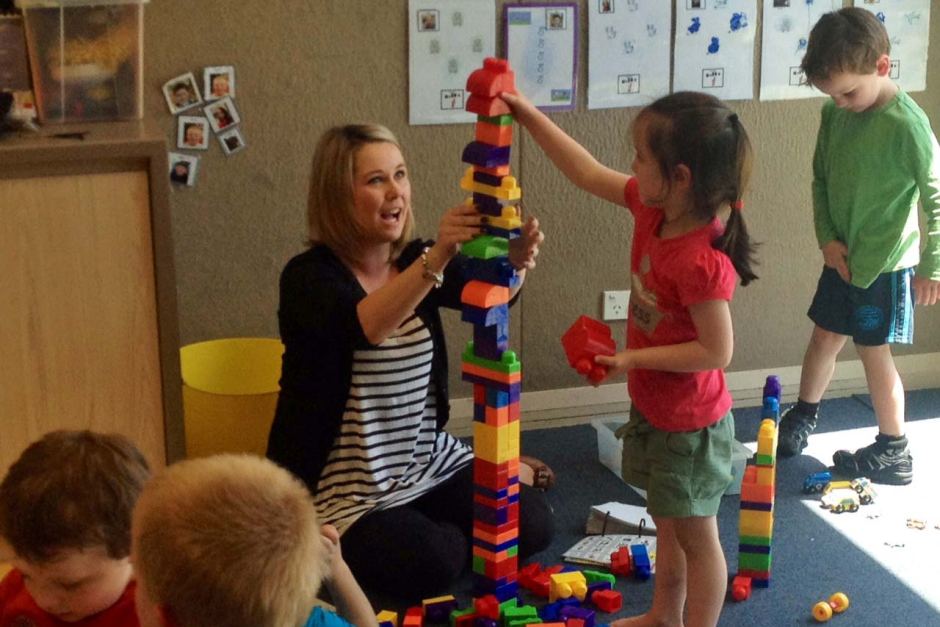How can early years settings support children’s Language development?
Every Child a Talker (ECAT ) programme has been designed to help practitioners in early years settings to create an environment that supports and stimulates the children’s Language development, this will enable children to experiment with and learn new language. It can also be used in other childcare settings such as childminders or even at home with parents.
Every Child a Talker (ECAT) programme aims to:
- Develop practitioners awareness of the importance of early language development
- Improve children’s early language development
- Provide parents with an understanding and involvement in children’s Language development.
- Enhance practitioners skills and knowledge of language development
The Every Child a Talker (ECAT) Programme is lead by a leading practitioner who works closely with the setting to look at the quality of the early language provision. This practitioner will attend training sessions, monitor and evaluate the provision and work closely with practitioners across the setting.
The importance of focusing on Language Development?
Language is the key to creating a strong foundation for interacting with others, it helps us express our needs, thoughts and frustrations. Having language gives children a voice and through acquiring this it allows children from a young age to develop early language skills. Children from an early ages even babies are ready to communicate, they respond to peoples voices and look at stimulating visual aids in the environment. A stimulating and rich learning environment is highly important as this plays a key factor in providing early language development opportunities. Children should be exposed to words, sounds, rhythm,verbal and non verbal communication during every day practice.
The learning environment is the one of the most important factor that contributes to children’s early language development along with effective communicate from adults.It differs from setting to setting how practitioners incorporate the importance of early language development within their planning
A few suggestions of how to enhance your learning environment, your planning and your daily practice
- Look at your continuous provision- re evaluate the areas ,add or remove resources if necessary and look to see if children can easily access these areas.
- Ensure environmental print is at children’s level
- Display photos of children and their artwork at children’s level- this will create conversations between one another.
- Does your environment have a cosy area that children can access?, children like to sometimes visit these areas with practitioner and reflect on their play.
- Look at how much is displayed on the walls as this can be very distracting for children.
- Label toys boxes with pictures.
- Make sure resources are accessible for children.
- Ensure practitioners use effective communication, simple language, ask open ended questions and respond to children.
- Ensure that each area of your environment incorporates language opportunties, it is best practice to provide language opportunities during any given activity.
- Support EAL children using gestures and widget symbols
Some setting will plan specific language activities across the week or the month, however if you ensure that your continuous provision and your routine is providing an array of language opportunities throughout each day then children are already receiving lots of language opportunities.
For example Song time provides a huge amount of language opportunities, children will hear repeated language, rhythm and rhymes. Practitioners can support and encourage children to choose songs. Actions and props can be used as visual aids to support children with EAL.

